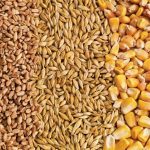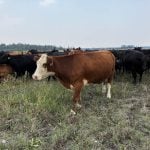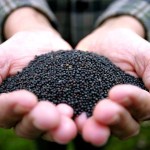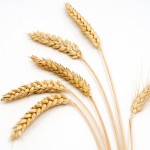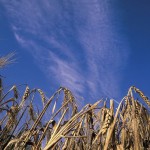“It is a truth universally acknowledged, that a single man in possession of a good fortune, must be in want of a wife.” This opening line of Jane Austen’s 1813 novel, Pride and Prejudice is still relevant today if we replace “single man” with “up-and-coming crop,” and “wife” with “industry association.” As soybean acreage grows, […] Read more
